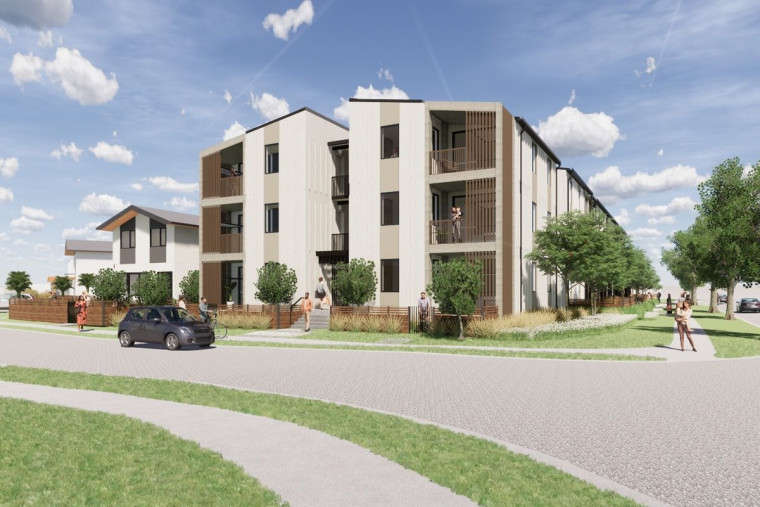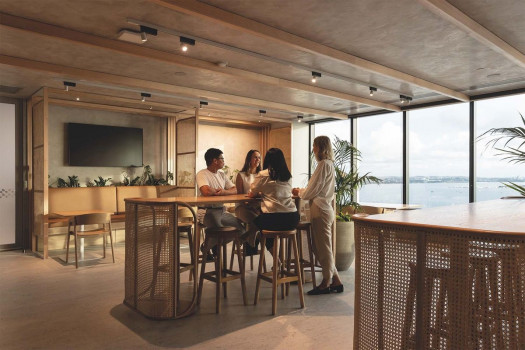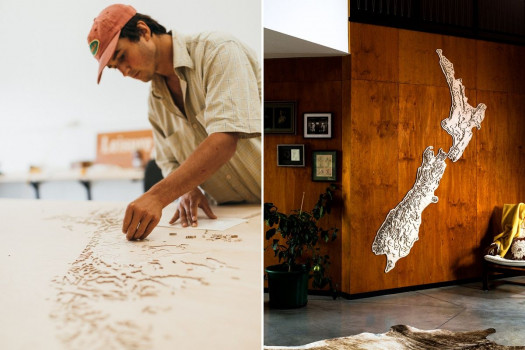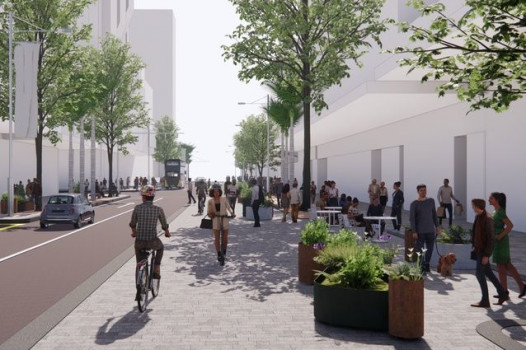Kāinga Ora announces first Passive House development




The project is called Bader Ventura and will feature three storeys encompassing 18 homes altogether. The design both reduces embodied carbon and reduced need for heating and cooling, saving tenants on energy bills, according to Peddlethorp.
The Building for Climate Change programme will mandate a reduction in thermal demand from 80-90kWh/m2.a (kilowatt hour per square meter per annum) today, to 15kWh/m2.a by 2035.
Manuel Diaz, Peddlethorp director, says, “We know the government’s Building for Climate Change programme will mean a quantum shift for our industry, whereby reducing energy consumption and carbon emissions will inform design from the first mark on paper to plans for end-of-life. Because of this programme, the building sector is propelled into a new stage of learning and discovery, and a fresh approach to building design and delivery. Kāinga Ora is leading by example in innovation, research and collaboration, and we’re thrilled to be part of its Bader Ventura team.”
Passive House standards dictate that the design of a building must ensure ventilation and air quality regulation, high-performance insulation, weather-tightness and more, leading to comfortable indoor temperatures year-round with minimal heating and cooling needed.
“The sustainability strategy for Bader Ventura has influenced all of our choices, from material selection, mechanical systems, structural connections, and construction methodology,” Diaz says.
Kāinga Ora and Peddlethorp hope that this development can be an example of how Passive Housing can work at scale in New Zealand and usher in a new standard for healthy homes at all socioeconomic levels.
Find out more about the Bader Ventura Passive House Pilot project and the benefits of Passive Housing for both tenants and the planet at kaingaora.govt.nz.




 Indonesia
Indonesia
 Australia
Australia
 Philippines
Philippines
 Hongkong
Hongkong
 Singapore
Singapore
 Malaysia
Malaysia







